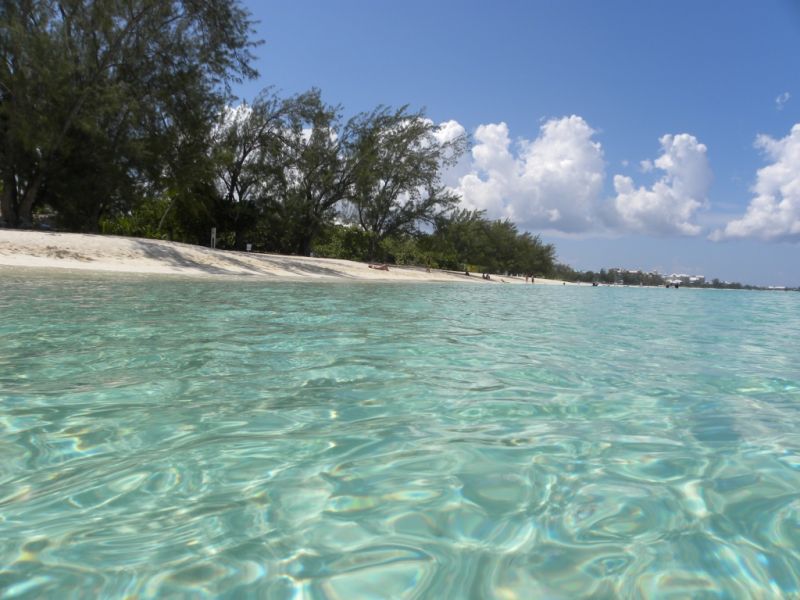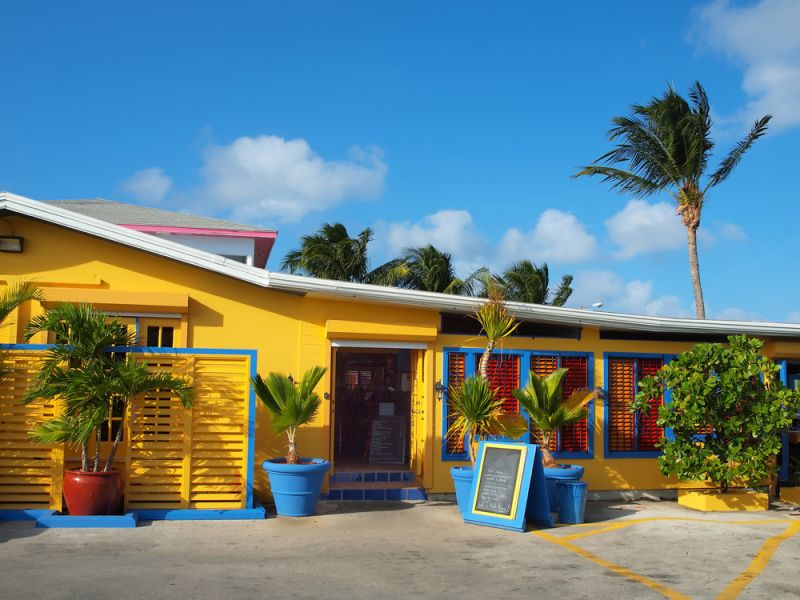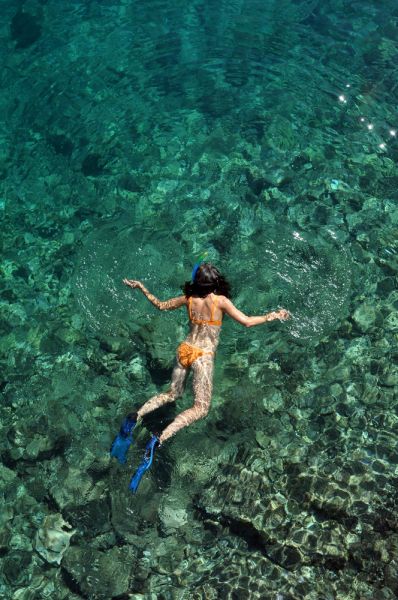Bill, W5SJ will be active again as ZF2EZ from Cayman Islands, 11 - 16 February 2025.
He will operate on HF Bands, CW, QRP.
Recent DX Spots ZF2EZ
QSL via home call direct.
Ads for direct QSL:
Bill Priakos, 10 Free Ferry Heights, Fort Smith, AR, 72903, USA.
The Cayman Islands are a haven for turtles, divers and businessmen
The Cayman Islands is a small archipelago of tectonic origin in the Caribbean Sea, consisting of three large islands and several dozen small uninhabited islets and reefs. Today it is a real paradise, where almost the entire population is busy serving numerous tourists. But the Caymans remember other times, when their turquoise waters were sailed by numerous gentlemen of fortune under the black scalloped flag.

A pirate's den
Two of the three islands in the archipelago, Cayman Brac and Little Cayman, were discovered by Columbus on his fourth expedition. At that time they were called Turtle Islands because of the abundance of large sea turtles. Nothing else interesting for Spain was found there, and the islands were safely forgotten for 80 years. The third and largest, which is now called Grand Cayman, discovered the famous British pirate Francis Drake, and since then the archipelago for two hundred years became a refuge for pirate ships.
There were no permanent inhabitants on the islands until the middle of the seventeenth century, when a few British deserters settled here and began to settle the archipelago. However, pirates, smugglers and fishermen continued to enjoy the Caymans' hospitality. According to local legend, the caves near the town of Bodden have long served as a place where flibusters hid looted gold and jewels.

Caymans and taxes
From the beginning of the nineteenth century, permanent settlements began to appear in the archipelago. It is said that in 1794 a whole British squadron of 10 ships crashed on the reefs near Grand Cayman, with a member of the British royal family on board one of them. The inhabitants of the island actively helped the British to escape, so no more than ten people died in the waves. In gratitude for the rescue of a relative, King George III of Britain canceled the obligation to pay taxes for the inhabitants of the Caymans. Whether it was or not, but the islanders do not pay taxes to this day. This territory is an overseas possession of Great Britain and one of the most famous offshore countries.
Offshore and tourism
The current population of the Cayman Islands is about 55 thousand people. Almost all of them are employed in two main industries - banking and tourism. The offshore status is extremely attractive for businessmen all over the world, who register their companies here. Today, 63 thousand companies are registered in the Cayman Islands - more than the number of residents.
But still the main industry, which gives three quarters of revenues to the budget of the Caymans, is tourism. The vast majority of able-bodied population of the islands in one way or another employed in the field of service to vacationers. Here are built luxury hotels and romantic bungalows, comfortable enfilades of swimming pools, chic restaurants and nightclubs. Vacation and entertainment here is not cheap enough, but the experience will be extremely pleasant.
There is virtually no crime on the islands, the inhabitants are extremely friendly to tourists, and the main language of communication is English. It is noteworthy that camping here is strictly prohibited by law, and any tourist who decides to save money on accommodation and pitch a tent on the shore will be arrested and fined.
Diving in the Caymans
The animal world of the Cayman Islands is quite poor. There are no rivers and high mountains, and the territory is small enough for wildlife. But the underwater world amazes with its colorful diversity. In addition, due to the absence of rivers, the sea water is incredibly clean and clear, so swimming in it is a pleasure. The picturesque coral reefs provide excellent opportunities to enjoy the marvelous spectacle of wildlife diversity. In addition, in the coastal zone of Cayman Brac 20 years ago was sunk an old destroyer, bought in Cuba. Now divers can not only admire the fish and coral, but also explore the seaweed-strewn cabins.
Cayman Islands Turtles
The sea turtles that gave the islands their original name are still one of the attractions of the Caymans. Grand Cayman even has a turtle farm, releasing about 30,000 young turtles into the sea each year. It also supplies restaurants with turtle meat and local artisans with shells for souvenirs.
Turtle meat and other seafood are the mainstay of the local cuisine. Turtle soups and steaks are a hit on restaurant menus. Sea fish and shellfish, tropical fruit dishes and other delicious Creole specialties are also available.
Stingray Town
An amazing feature of Grand Cayman is Stingray Town, a sandbank that is home to a huge number of stingrays. The depth of the sea here is about an adult man's chest, the water is completely transparent, and stingrays are absolutely not afraid of people or motor boats. Local fishermen, returning with their catch, gut the fish here and throw the insides into the sea. The stingrays living on the shoal are accustomed to free food, and the sound of a boat engine is perceived as an invitation to dinner.


